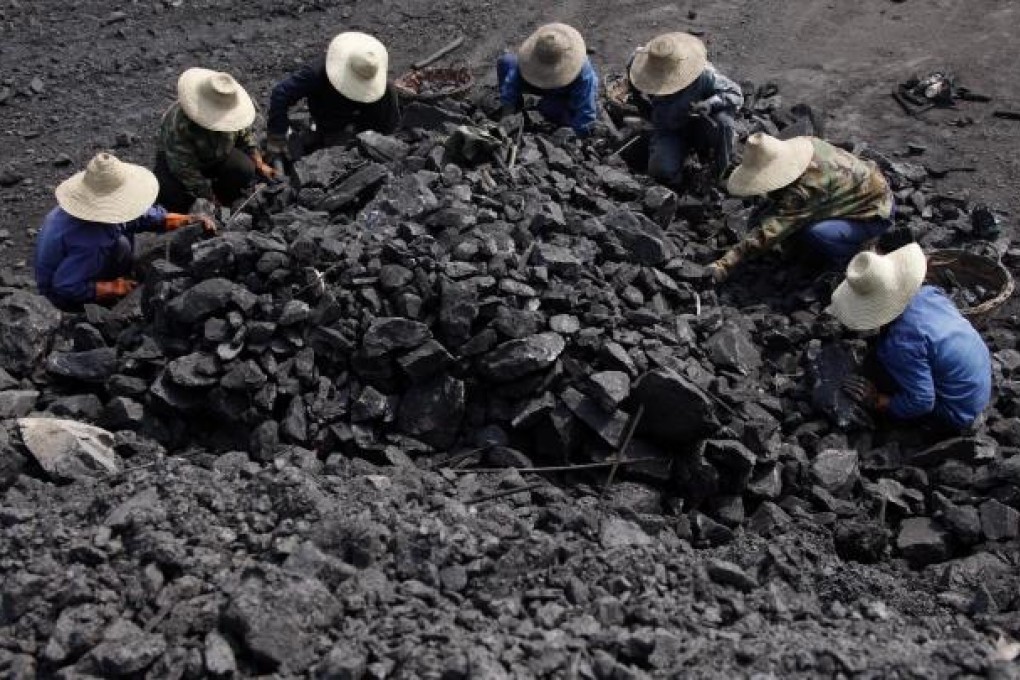Coal mines near uranium deposits spoiling value of nuclear fuel
Experts say many coal and uranium deposits are co-located and that extraction of the fossil fuel first is ruining the value of the nuclear fuel

Huge newly discovered reserves of much-needed uranium are in danger of being destroyed amid a row over digging it up.
And as China's nuclear and coal sectors battle over the sites where the radioactive heavy metal lies buried, experts say the uranium is accidentally ending up in coal-fired power stations - creating radioactive ash that is falling on surrounding cities.
One Canadian firm that declined to be interviewed has built a plant near one coal-fired power station in Yunnan to collect the uranium from the ash.
With the world's largest number of nuclear power plants under construction, China is in desperate need of uranium ore to fuel them.
Currently, domestic supply is limited to some low-grade mines formed by ancient volcano eruptions in southern and central provinces such as Sichuan and Hunan. However, state geologists now believe there could be tens of thousands of tons of uranium in the basins of northern China.
The deposits in Ili in Xinjiang and Erdos in Inner Mongolia were described as "world-class" and "mega-sized" in recent reports by state media.